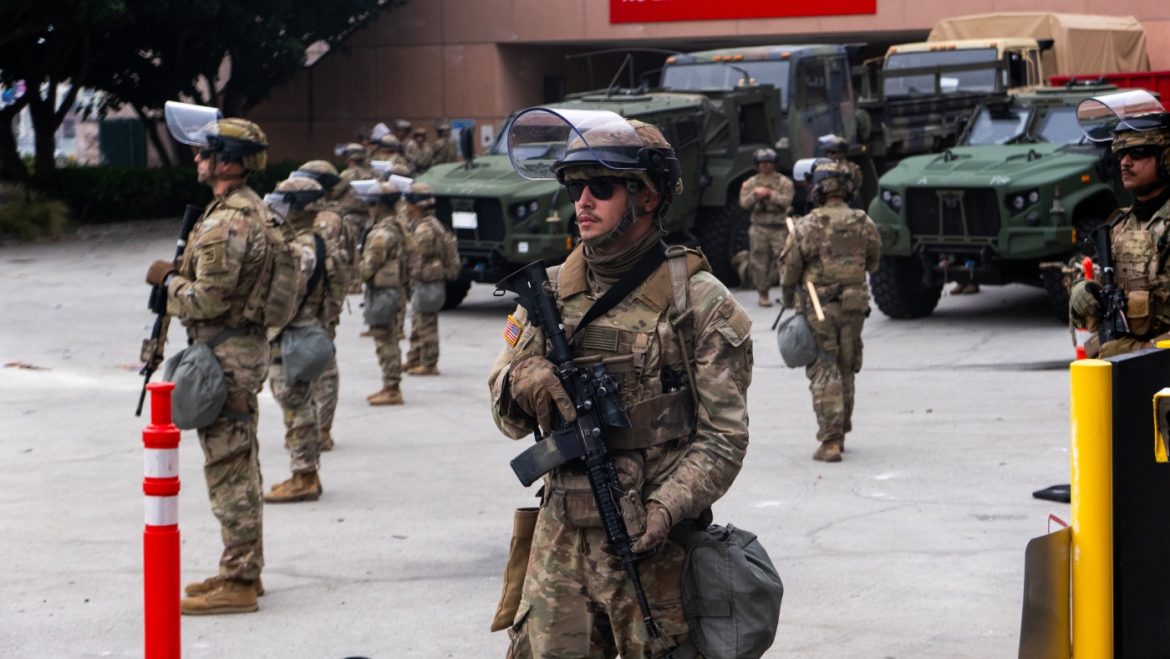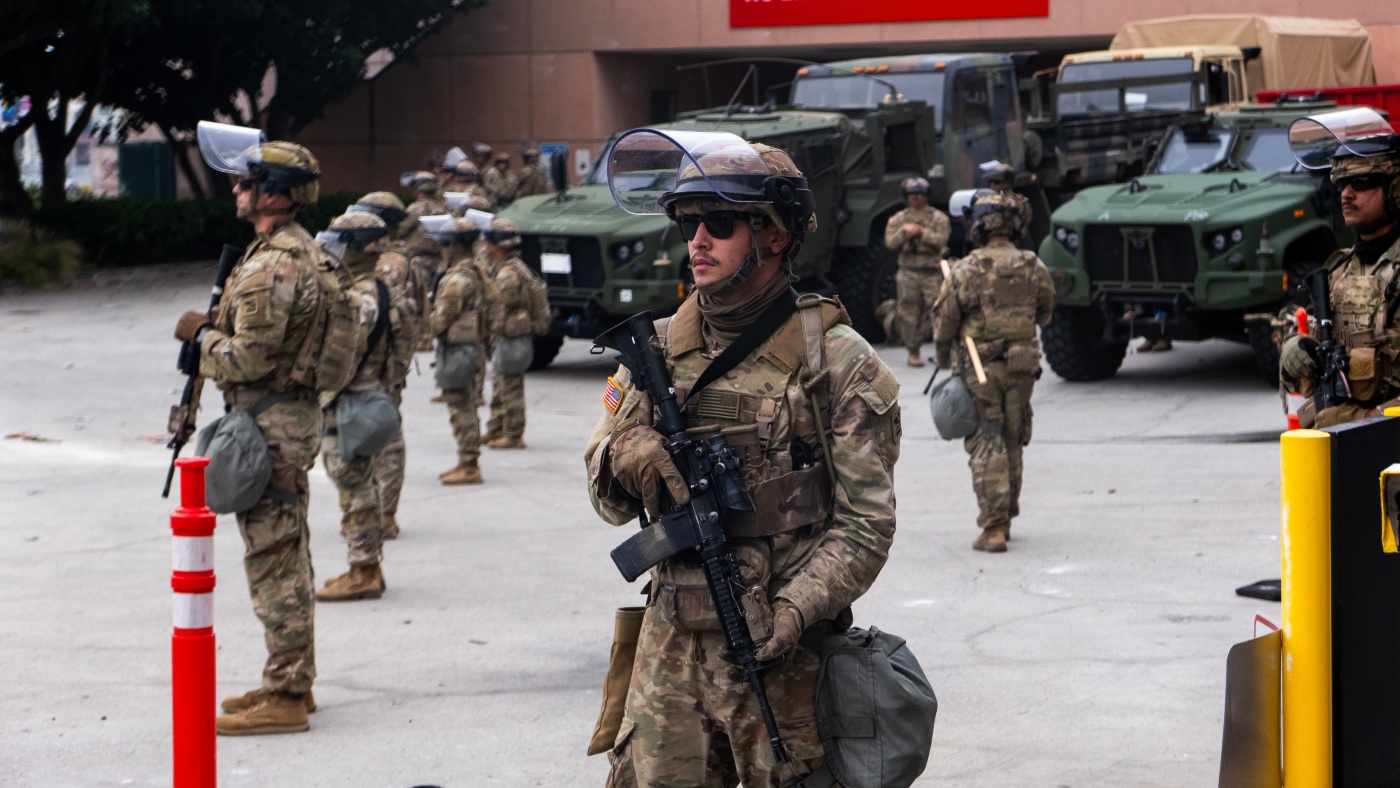The Mobilization of U.S. Marines to Los Angeles Amid Protests: An In-Depth Analysis
Introduction
The recent decision by the Trump administration to mobilize approximately 700 U.S. Marines to Los Angeles has sparked intense debate and widespread attention. This deployment comes in response to protests against immigration enforcement operations and civil unrest in the city. Understanding the complexities of this move involves dissecting the political, legal, social, and military dimensions surrounding it.
Context and Background
The deployment is centered on Los Angeles, the focal point of protests primarily triggered by federal immigration enforcement actions. These protests have, at times, escalated into clashes involving police, National Guard troops, and demonstrators. Prior to the Marine mobilization, President Trump authorized the deployment of around 2,000 California National Guard troops to help manage the situation.
The Marines being mobilized are based out of the Marine Corps Air Ground Combat Center in Twentynine Palms, California. Reports show the Pentagon’s intention is to bolster the National Guard’s capacity, specifically tasked with protecting federal properties rather than engaging directly with protesters.
Legal and Political Framework
The administration’s decision to order active-duty troops, including Marines, to deploy domestically invokes provisions of Title 10 of the U.S. Code. This statute empowers the President to federalize National Guard troops and deploy active-duty forces during rebellion or threats to public order. However, this raises questions about the boundaries of military involvement in civilian affairs.
Historically, the use of active-duty military forces inside U.S. cities has been rare and contentious. Critics argue that it risks escalating tensions and undermining civil liberties. The balance between state and federal authority also complicates the deployment, with California Governor Gavin Newsom and Los Angeles Mayor Karen Bass expressing resistance and concern over the federal government’s approach.
Operational Objectives and Military Role
The primary mission for the Marines in Los Angeles is to reinforce the National Guard and safeguard federal government buildings and property amid ongoing protests. It is emphasized that the Marines are not authorized to directly confront protesters or conduct law enforcement duties. This delineation of roles reflects an attempt to maintain a controlled and measured military presence to de-escalate tensions.
Nevertheless, the unprecedented scale of mobilization—several hundred Marines alongside thousands of National Guard troops—signals the administration’s readiness to use substantial military resources in managing domestic unrest.
Public Response and Criticism
The decision has elicited mixed reactions. Supporters of the order argue that it is necessary to restore order and protect property after violence and vandalism have marred the protests. Opponents view it as an overreach of military power, fearing it could intensify volatility and infringe on citizens’ rights to protest.
Commentators have highlighted the historical pitfalls of militarizing crowd control, citing past instances where military involvement exacerbated violence or suppressed legitimate civil dissent. Additionally, some observers question the efficacy of active-duty troops in addressing the underlying societal issues fueling the protests, such as immigration policies and systemic grievances.
Implications for Civil-Military Relations
Deploying active-duty Marines domestically raises important considerations for civil-military relations. It blurs the traditional separation between military and law enforcement roles, a boundary maintained to prevent the erosion of democratic norms and protect civilian governance.
The operation also tests the military’s ability to navigate politically charged environments without compromising its apolitical stance. How the military adheres to restrictions on use of force and engagement rules during such domestic missions will be closely scrutinized.
Conclusion: A Precedent with Lasting Impact
The Trump administration’s mobilization of 700 Marines to Los Angeles amidst intense protests represents a significant and controversial use of military power within domestic borders. While intended to support law enforcement and protect federal interests, the deployment raises fundamental questions about the appropriate role of the military in managing civil unrest, constitutional boundaries, and the potential ramifications for civil liberties.
As this situation unfolds, its consequences will likely influence future governmental responses to protests and the military’s function in domestic affairs. It underscores the delicate balance between ensuring public safety and preserving the democratic values embedded in the United States’ civil-military framework.


